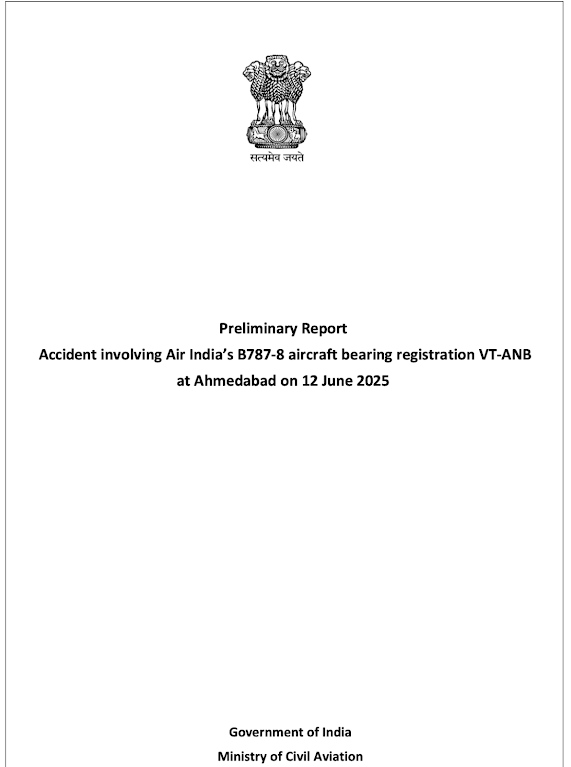# Indian Budget 2025-26: Fuelling Growth Through a Consumption-Led, Multiplier-Driven Approach :
In its 2025-26 fiscal strategy, the Indian government has embraced a balanced approach to spur economic growth—leveraging both capital expenditure (Capex) and targeted tax cuts. This dual strategy is designed to act as a “money multiplier,” where initial fiscal injections lead to successive rounds of spending, ultimately boosting aggregate demand.
# (A) Stimulating Aggregate Demand Through Fiscal Interventions :
1. Capex and Tax Cuts: The Twin Engines of Growth : The budget’s focus on increased Capex (11.2 Cr + 4 Lac Cr (GOCA) + 3 Lac Cr (by PSEs) ) is intended to create a robust infrastructure foundation, which in turn facilitates higher productivity and long-term growth. Simultaneously, tax cuts serve as an immediate stimulus by increasing disposable incomes. Notably, these cuts are calibrated to benefit middle-income groups—especially NIL tax till those earning around ₹12.75 lakhs per annum—who typically have a higher marginal propensity to consume. Also, keeping in mind that effective tax cuts in absolute terms has happened across the income groups.According to the IMF’s Fiscal Monitor (2023), middle-income households typically exhibit an MPC of 0.6–0.8 in emerging economies, meaning 60–80% of additional income is spent immediately. Empirical evidence, including studies by the IMF, indicates that households with greater liquidity tend to spend a larger proportion of any incremental income, thereby accelerating the multiplier effect.
2. Consumption-Led Growth : Enhanced disposable income is expected to drive consumption in key sectors such as tourism, fast-moving consumer goods (FMCG), white goods, and hospitality. Increased consumer spending not only supports these industries directly but also sends a positive signal to the corporate sector, potentially spurring further investment. Historical precedents, such as the post-2008 fiscal stimulus measures in several advanced economies, have demonstrated how consumption-led growth can revitalise corporate confidence and spur capital investments.
# (B) Preconditions for a Successful Consumption-Led Model :
1. Understanding the Multiplier Effect & accelerating the Velocity of Money :
The money multiplier effect relies on initial fiscal injections leading to successive rounds of spending throughout the economy. However, for this mechanism to work effectively, the velocity of money—how quickly money circulates within the economy—must be high. To complement fiscal measures, the government is emphasising digital payment platforms such as the Unified Payments Interface (UPI) and Payements Banks. With the RBI reporting exponential growth in UPI transactions, these digital channels are key to ensuring that money circulates rapidly, reinforcing the multiplier effect and bolstering overall economic activity.
2. Domestic Spending/Reinvestment of Increased Disposable Income :
For the multiplier effect to have a substantial impact, it is critical that the extra disposable income generated by tax cuts is reinvested into the domestic market. Experiences from both the WB and India’s Economic Survey highlight the importance of ensuring that consumer spending benefits local industries rather than fuelling imports. If additional disposable income is spent on imports, the intended stimulus may not fully materialise.
3. Enhancing Product Quality and “Make in India” :
The success of a consumption-led growth model also hinges on the availability of high-quality domestic products. If consumers continue to prefer imported goods, the benefits of higher disposable incomes may leak out of the domestic economy. Strengthening the “Make in India” initiative by ensuring competitive quality can help retain consumer spending domestically.
4. Avoiding Supply-Side Constraints and Inflation, while adopting a Dovish stance by RBI :
While increased consumption is welcome, it must be matched by an uptick in private sector investment to prevent supply-side inflation. Without sufficient capacity expansion, higher demand can lead to price rises, thereby eroding purchasing power. Here, a coordinated approach involving the RBI is essential. Easing monetary policy to facilitate accessible borrowing can help private enterprises invest in expanding production capacities, thereby mitigating inflationary pressures.
5. Taking this as ONLY a "GROWTH TRIGGER" :
It is also important to recognise that the benefits of these fiscal measures may not materialize overnight. Consumption patterns vary across demographics and regions, and the full impact of enhanced spending will likely unfold gradually. In this sense, the current fiscal interventions should be viewed as growth catalysts designed to nurture positive consumer sentiment and set in motion a virtuous cycle of economic expansion.
# (C) Supplementary Interventions for Broader Impact :
To complement fiscal measures and ensure the multiplier effect reaches a wider section of society, the government should consider additional interventions as follows :
1. Rationalising and Reducing GST Rates :
- Broader Impact: The current GST framework, while effective in revenue generation, affects a limited group of taxpayers. Lowering and rationalizing GST rates can extend benefits to a larger portion of the population by reducing the overall tax burden on consumption.
- Economic Competitiveness: By easing tax pressures, businesses can reduce costs, ultimately making products more competitive in both domestic and global markets.
2. Raising the Minimum Wage Across Sectors :
- Wider Economic Impact: Increasing the minimum wage ensures that a broader segment of the workforce benefits directly from economic growth. Higher wages translate into increased purchasing power, which can further stimulate domestic consumption.
- Social Equity: A well-calibrated minimum wage policy can contribute to reducing income disparities and promoting inclusive growth.
3. Reducing Petroleum and Diesel Prices :
- Lowering Freight Costs: Decreasing petroleum or diesel prices can significantly reduce freight and transportation costs, which are a major component of overall production costs.
- Enhancing Competitiveness: Lower transportation costs help reduce the final price of goods, making Indian products more competitive both in domestic and international markets.
- Boosting Industry Efficiency: Such measures can particularly benefit sectors that rely heavily on transportation, thereby promoting broader economic efficiency.
----------------------------------------------------------------------------




No comments:
Post a Comment